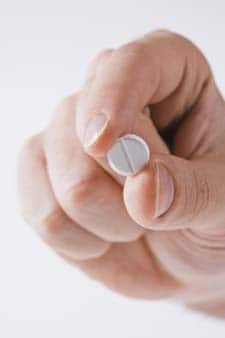
OxyContin was approved by the FDA in 1995 as a treatment for pain. It is a narcotic that has a high risk of dependency. Since it came into use, there has been a steady increase of addiction and abuse associated with its illegal, non-medical use. Its side effects and treatment options are similar to those of other narcotics.
Percocet is a prescription-strength narcotic that is used to treat moderate to severe pain levels. When used as directed, it can be an effective tool in managing pain but if it is used incorrectly, it can be highly addictive. Some common signs of dependency include :
- Changes in mood and behavior
- Experiencing a craving or compulsion for the drug
- Weakening effects of the drug due to higher tolerance
- Purchasing and taking more than has been prescribed
Percocet addiction is very dangerous because it increases the chances of harmful side effects occurring. Oxycodone is the narcotic ingredient in Percocet and it causes similar side effects as other drugs that contain this opioid. Those who overdose on Percocet risk low blood pressure, difficulty breathing, vomiting, heart attack, coma, and death. Taking the drug in any way other than orally, such as chewing or snorting it, increases the risk of overdose. This is because oxycodone is a time-released substance, and crushing the pills causes its full effect to be released at once.
Percocet contains acetaminophen, a mild painkiller which works to enhance the effects of oxycodone. Overdosing on acetaminophen increases the risk of liver damage. Yellow eyes, jaundice, nausea, itchiness, and urinary tract problems are all signs of an acetaminophen overdose. Chronic misuse can lead to liver failure and death.
For those who are suffering from addiction to Percocet, treatment options are available. Percocet addiction causes negative withdrawal symptoms like fever, nausea, stomach pain, drowsiness, insomnia, and anxiety. These symptoms can be at least partially alleviated by the administration of suboxone or other medication designed to treat opioid addiction. Once detox is completed, a rehabilitation program that includes various forms of addiction therapy can help people suffering from this addiction get healthy and avoid problems in the future.
